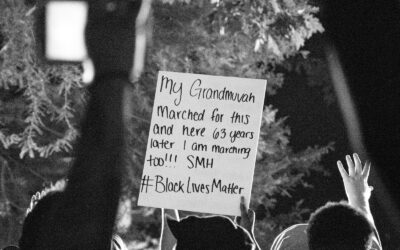One mindful step forward at a time will get you where you are going.
How do you react in a more sustainable way that does not cause you to lose your calm? Physical movement, imagery, breath practices, and having support can all maintain a lower level of anxiety. A simple physical movement you can do is tighten and release muscles, relax your jaw and a simple smile, like I shared last week. Regular exercises and physical practices loosen you up. Tight muscles accompany a stress response and does not allow the ribs to move as freely so it often causes the breath to be short and shallow.

So take time to notice that the breath is an indicator of your mood. Once you realize that you may have changed the pattern of your breath, just by noticing. If you notice your breath is short and shallow and you slow it down you will feel a change in your whole body and often your mind. Changing your breath pattern is very powerful to decrease stress and help change your reaction to a situation. Think of how Lamaze breathing is used to help women get through labor. It does not change the situation but it helps the body adjust and the mind refocus to help the pain bearable. Now think of how breath can help you deal with the simple things that get on your nerves.
Simply changing your breath has many effects. So the stress response tightens your muscles, shortens your breath, prioritizes the heart and lungs more than the other parts of the body, including the brain. When you take a deep breath and count to 10 it breaks the cycle of the stress response. This allows more blood flow into the brain and the other organs of the body, slows the pulse down and helps you process things more clearly.
This week I will share a breath practice to help you cope but here are many different patterns of breath. Exploring your breath you can find ways to energize, calm or balance. What does your breath pattern tell you about how you are feeling?
Recent blog posts
Discovery
DiscoveryThink of your life as a path of discovery. Even challenging...
Comfort in times of uncertainty
Comfort in times of uncertainty The current times get me feeling hopeless...
Independence for all. Live up to the promise.
Independence for all. Live up to the promise. We just celebrated the 4th...


